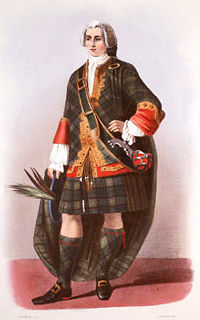 Alexander Forbes, fourth Lord Forbes of Pitsligo (1678–1762), philosopher and Jacobite army officer, only son of the third lord, Alexander Forbes of Pitsligo (c.1655–1690), and Lady Sophia Erskine (fl. 1676–1734), third daughter of John, twentieth Earl of Mar, was born on 24 May 1678.
Alexander Forbes, fourth Lord Forbes of Pitsligo (1678–1762), philosopher and Jacobite army officer, only son of the third lord, Alexander Forbes of Pitsligo (c.1655–1690), and Lady Sophia Erskine (fl. 1676–1734), third daughter of John, twentieth Earl of Mar, was born on 24 May 1678.He succeeded to the estates and title on the death of his father in 1690.
Forbes married first, in 1713, Rebecca (d. 1731), daughter of John Norton, a London merchant, with whom he had one son, John, Master of Pitsligo (c.1713–1781); and secondly, in 1731, his wife's companion, Elizabeth Allen (d. 1759), in a match which produced no children.
("Master of..." was the title given to the eldest son of a Scottish Lord of Parliament if he had no other courtesy title).
In his youth he travelled to France, where he received some education and made the acquaintance of Fénelon, and was introduced by him to Mme Guyon and other quietists. These were very influential in forming his religious ideas, which, although he remained a lifelong episcopalian, were resolutely ecumenical.
He returned to Scotland in 1700. After the deposition of George Garden from his living for Jacobitism in 1701, Forbes gave him a house at Rosehearty, where an ecumenical religious community was set up "where persons of different religious persuasions lived together in the love of God and the practice of self-abnegation" (Henderson, 18): Chevalier Andrew Ramsay was one of those who sought to join it.
In the Scottish parliament Forbes sought what was "consistent with the honour and independence of Scotland" (Forbes, Thoughts, 1829, iv), opposed steps leading to the union with England, and withdrew from the consideration of the articles to Pitsligo Castle.
In 1715 Forbes joined the Jacobite rising under his first cousin the Earl of Mar, commanding a troop of horse at Sheriffmuir. Following the collapse of the rising, he was forced to flee to France.
Subsequently he made his way via Rotterdam, Leiden, Vienna (where he may have acted as King James's agent), Venice, and Munich to the Jacobite court in Italy, where he kept a diary of events, published in 1938 as The Jacobite Court at Rome in 1719.
 |
| .....before it was burned and ruined by Whigs. |
In 1720 he went to Paris, where he discussed Jacobite schemes with the financier John Law. Having not been attainted, he borrowed money from a Roman banker and returned to Scotland in the same year; living in retreat at Pitsligo Castle, he corresponded with other quietists and wrote philosophy, publishing Essays Moral and Philosophical in 1734.
Thoughts Concerning Man's Condition and Duties in this Life, and his Hope in the World to Come, also composed at this time, was not published until 1763: this work proved to be even more of a success, going through several editions and remaining in print well into the nineteenth century.
Elsewhere, he explored the question of the legitimacy of the state in his unpublished On Government and A letter on governments, composed about 1720 (which interestingly contradict some of the arguments of his published work). In them he appears to move some way towards a contractualist Whig position.
His thought combines a benign Christian ecumenism— "Every Body knows 'tis accident, for the most part, that makes us of one Religion, rather than another" (Forbes, Essays, 170)—with a kind of providential version of legitimacy and ideas of the centrality of popular consent, which can be held to hint towards the arguments of utilitarianism. He also (in his Essays) showed some sympathy with the position of women, whom he thought "more active, more foreseeing and better managers than we" (McLynn, The Jacobites, 157).
In 1745 Forbes "weighed and weighed again" the prospect of joining the rising, as he discusses at length in his complex Apologia (Memsie apologia, Aberdeen University Library, Pitsligo MS 1/16), but when he did so he entered on it with enthusiasm: "Did you ever know me absent at the second day of a wedding?" he asked his friends (Forbes, Thoughts, 1854, xvii); to his soldiers he simply said "Oh Lord, Thou knowest our cause is just. Gentlemen, march" (Tayler and Tayler, Jacobite Letters, 2).
By the end of September 1745 Forbes was in Aberdeen, whence he marched south with around 130 horse and two companies of Banffshire infantry, later incorporated in the Duke of Perth's regiment.
On arrival at Edinburgh on 8 October, he was appointed general of horse by Prince Charles (Charles Edward Stuart), with the rank of full colonel.
In England, where his cavalry were often used as scouts or forward patrols, he was in the thick of the action. Pitsligo's horse was the first body of Jacobite troops to enter Manchester, where Forbes threatened a reluctant constable with his sword; on 1 December he commanded the building of the bridge at Gatley ford and engineered the crossing of the Mersey by pontoon.
In the first stage of the fight at Clifton on 18 December, Pitsligo's horse was put to flight by government cavalry and dragoons, and retired to Penrith. At Falkirk in January 1746 the horse was stationed in the third line with the Royal Scots and the rest of the cavalry.
On the retreat north, Forbes entered Aberdeen on 7 February: on the disorder of the further retreat, all or nearly all his horses were lost. At the battle of Culloden, the men of Pitsligo's horse thus stood in the rear and took little part in the action. Their leader, however, was still at this stage (and beyond) a zealous recruiter: Adam Hay later claimed to have been held by Forbes as a pressed man in the days immediately before Culloden, while in the aftermath of the battle he was still trying to raise men, despite acknowledging over 2000 dead on the field.
Eventually accepting the inevitable, Forbes went into hiding on his own estates for the rest of his life, where his exploits became a local legend.
During the day he lay in the mosses at Craigmaud, 9 miles up-country from Fraserburgh, or hid "in a hollow place in the earth, under the arch of a small bridge" (Forbes, Thoughts, 1829, xxi).
On other occasions he called at his own castle in the guise of a beggar, ordered searching soldiers breakfast in the house in which he was hiding, or guided a search party to his own hiding place in the Cave of Cowshaven (still known as Lord Pitsligo's Cave) on the Buchan coast, 2 miles from Rosehearty.
His attainder named him as Lord Pitsligo (rather than Lord Forbes of Pitsligo), and on this technicality and the basis of similar mistakes made in attainders after the 'Fifteen, it was reversed by the court of session in 1749. This decision was, however, overturned by the House of Lords in the following year.
Government troops continued to search sporadically for the ageing philosopher (who went under the name of Mr Brown in his correspondence with the Countess of Erroll, carried by the Laird of Udny's fool as go-between) until the later 1750s, by which time he was almost eighty years old.
His dignity and resignation under this treatment were remarkable: in 1752 he could still write that "We have nothing to depend upon but the Goodness of God every moment, we are sure he can do us no Injustice" (Aberdeen University Library, Pitsligo MS 1/6).
He died at Auchiries on 21 December 1762.
By all accounts Lord Forbes was a man of extraordinary moral qualities: the personification of "Virtue and Justice" to William Hamilton (Forbes, Thoughts, 1829, lvii); "the best father … best friend and the best subject in Britain" to John Murray of Broughton (Forbes, Jacobite Court, 33). His character forms the basis for that of the Baron of Bradwardine in Sir Walter Scott's novel Waverley. In the judgement of William King, Forbes was the "one person" known to him who spoke no evil "of any man living" and found good to say of all (King, 143–5).
[From Murray G. H. Pittock in the Dictonary of National Biography]
 Charles Pettie. Bonnie Prince Charlie. 1898.
Charles Pettie. Bonnie Prince Charlie. 1898.With Bonnie Prince Charlie, Forbes of Pitsligo is on the right (or it could possibly be MacDonald of Clanranald) and Cameron of Locheil is on the left.
HIELAND LADDY (Jacobite)
Where ha' ye been a' the day'
Bonnie laddie, Hielan' laddie
Saw ye him that' far awa'
Bonnie laddie, Hielan' laddie
On his head a bonnet blue
Bonnie laddie, Hielan' laddie
Tartan plaid and Hielan' trews
Bonnie laddie, Hielan' laddie
When he drew his gude braid-sword
Then he gave his royal word.
Frae the field he ne'er wad flee
Wi' his friends wad live or dee.
Geordie sits in Charlie's chair
But I think he'll no bide there.
Charlie yet shall mount the throne
Weel ye ken it is his own.
Where ha' ye been a' the day'
Bonnie laddie, Hielan' laddie
Saw ye him that' far awa'
Bonnie laddie, Hielan' laddie
On his head a bonnet blue
Bonnie laddie, Hielan' laddie
Tartan plaid and Hielan' trews
Bonnie laddie, Hielan' laddie
When he drew his gude braid-sword
Then he gave his royal word.
Frae the field he ne'er wad flee
Wi' his friends wad live or dee.
Geordie sits in Charlie's chair
But I think he'll no bide there.
Charlie yet shall mount the throne
Weel ye ken it is his own.
[From Minstrelsy of Scotland, Moffatt. Published in Jacobite Relics, 1810. A version of the tune appeared in Playford, 11th edition, 1701.]
...
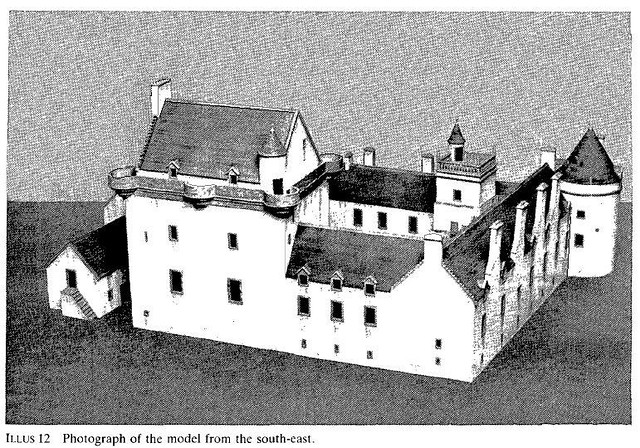










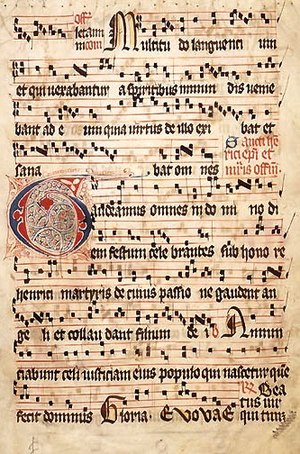

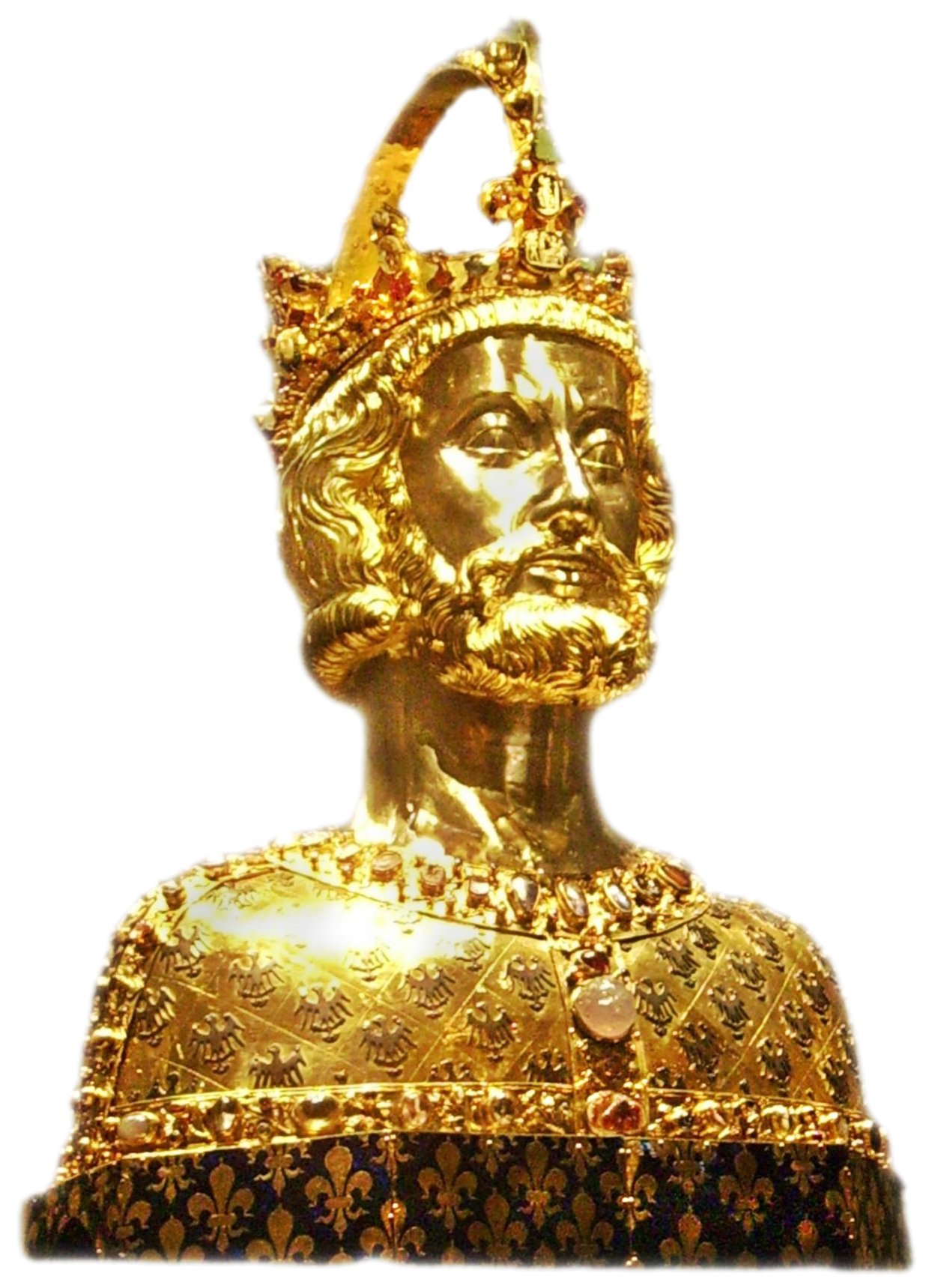



.jpg)


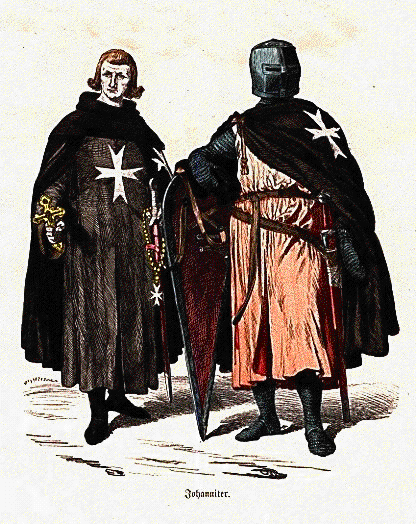

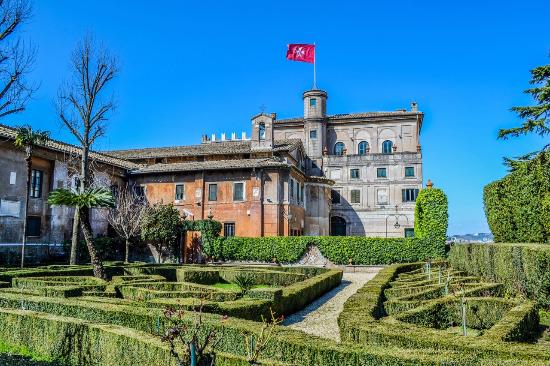


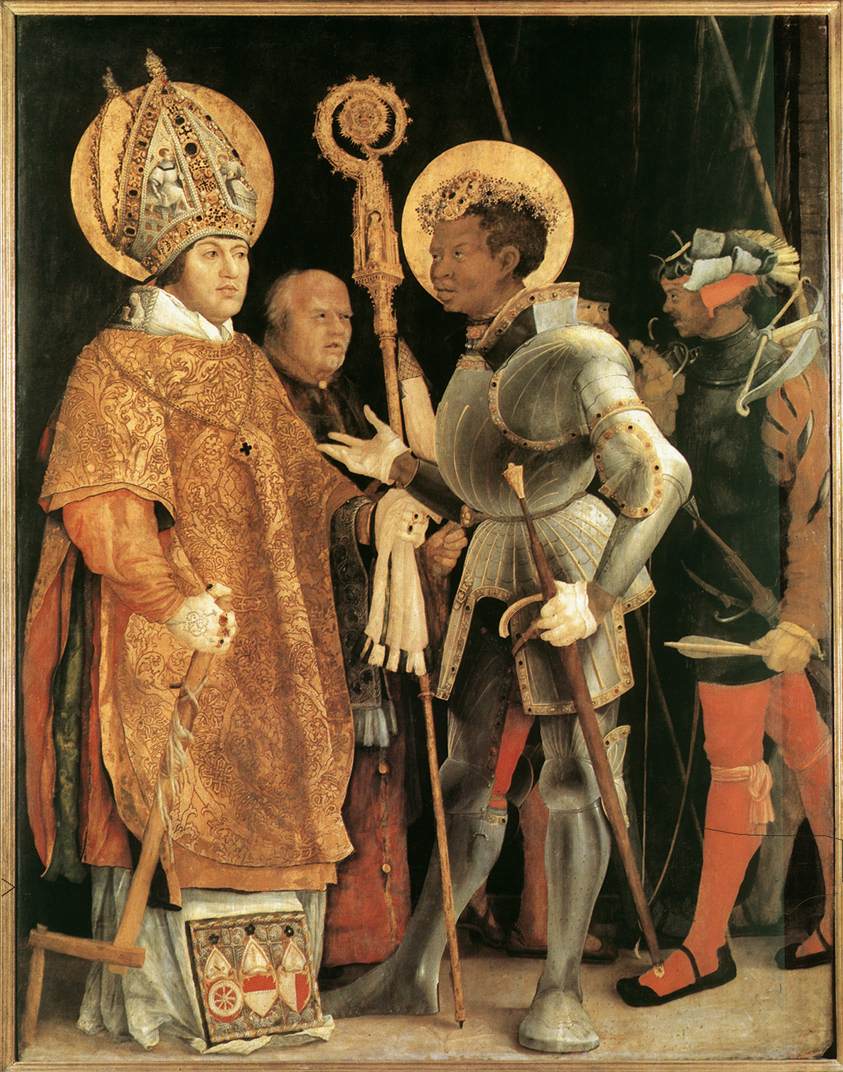
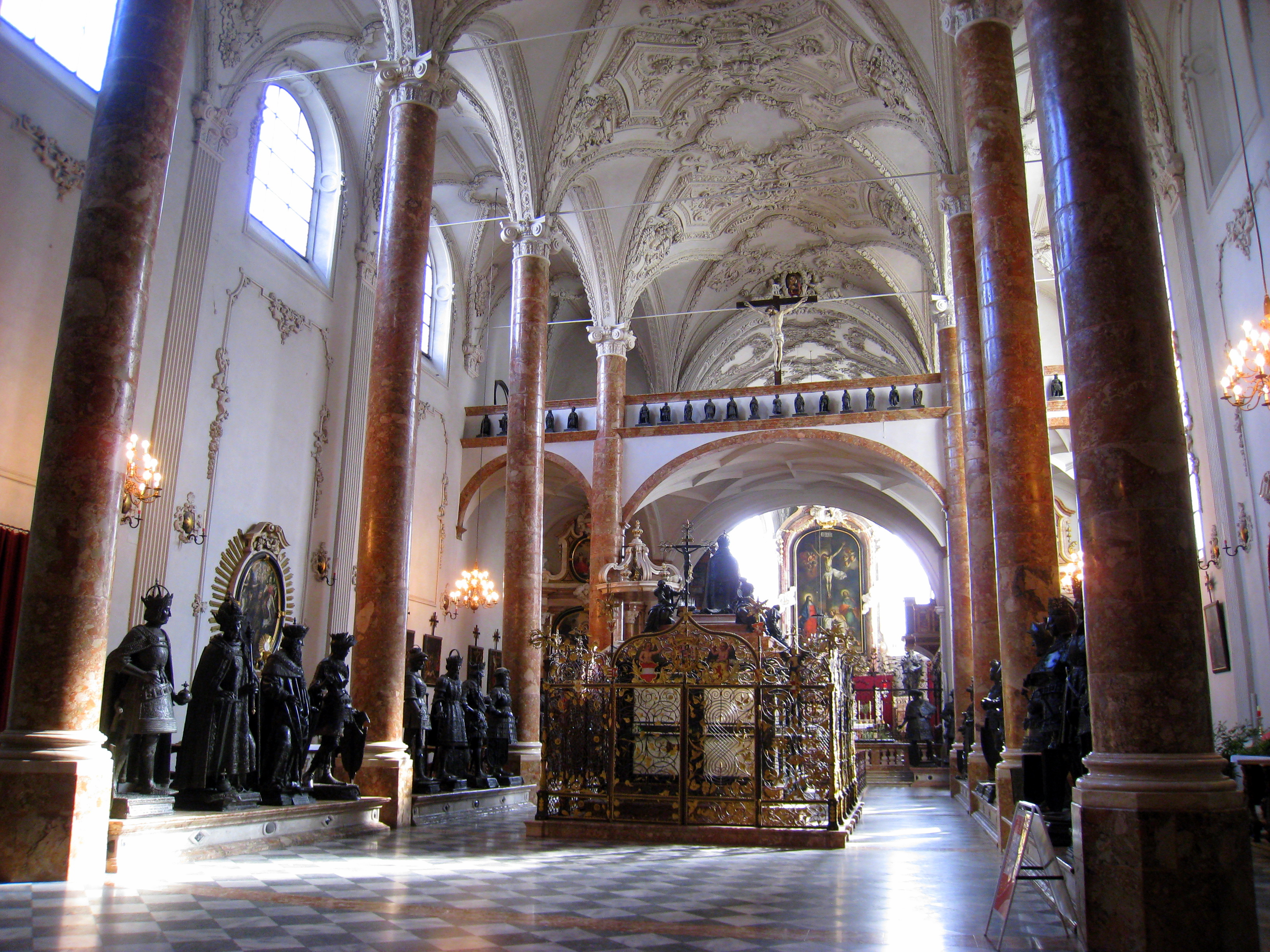


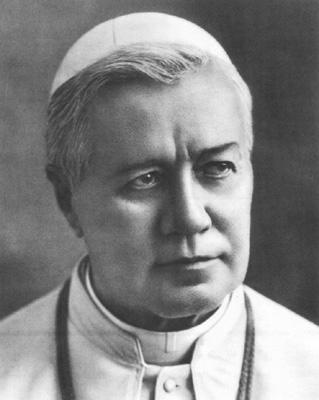






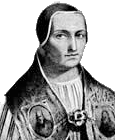






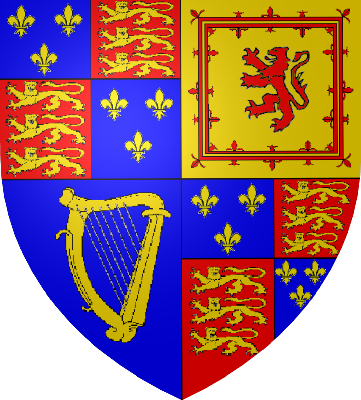
_-002.jpg/220px-Circle_of_Anton_Raphael_Mengs,_Henry_Benedict_Maria_Clement_Stuart,_Cardinal_York_(ca_1750)_-002.jpg)



5 comments:
Tribune;
I enjoy your blog. I thought you would find the following review of interest as it relates to politics and religion..........
http://distributism.blogspot.com/2010/06/lethal-loyalties-dulce-et-decorum-est.html
Very Best, Patrick
Hello. Thanks for your post.
I have found it very interesting.
I was just wondering how you know about the correspondence between the Countess of Erroll and 'Mr Brown'? I would be interested to hear more.
Sincerely,
anita
Dear Anita,
It's all in Murray Pittock's DNB article which I reference at the bottom of the page.
Trib.
Thank you!
Post a Comment